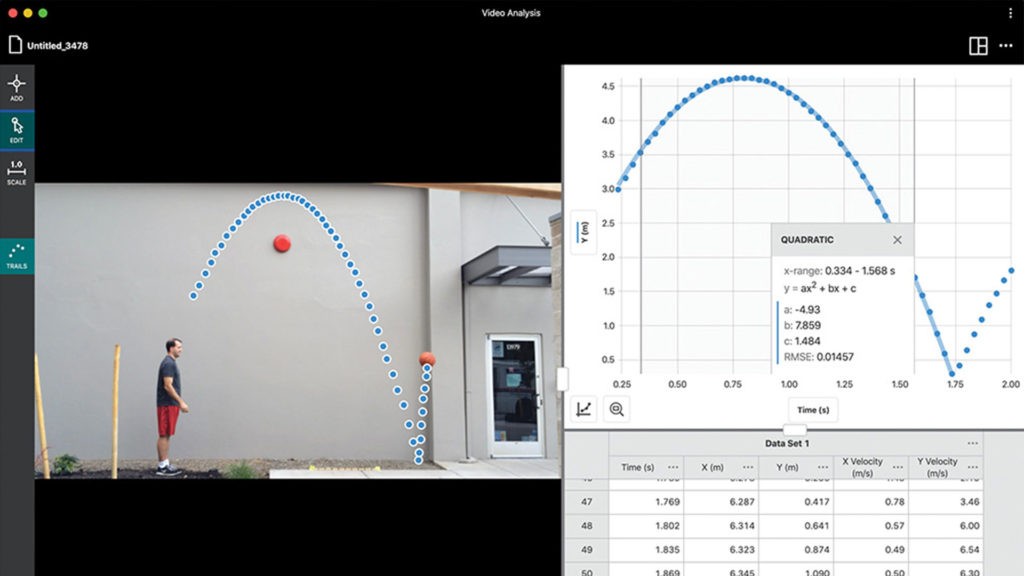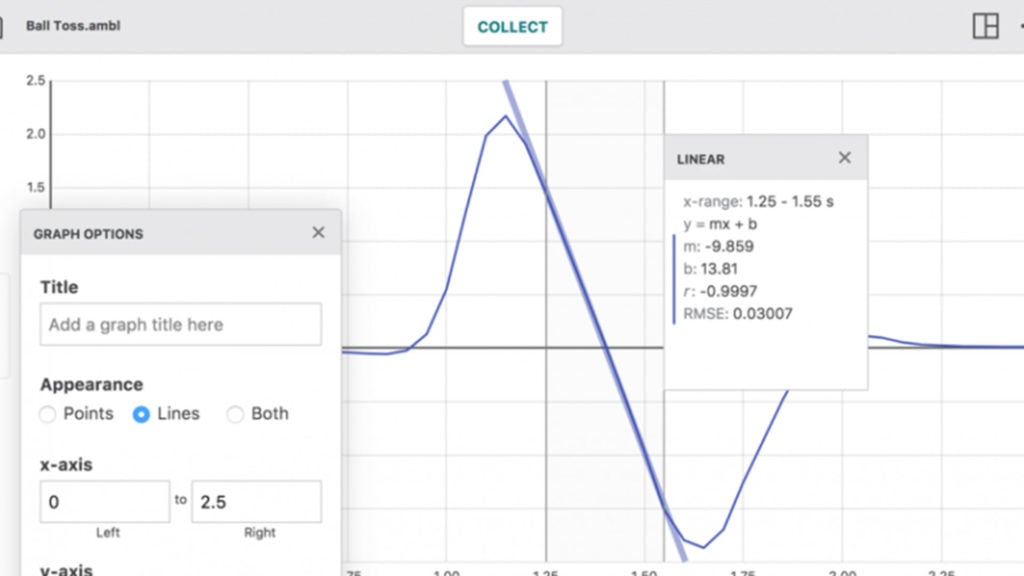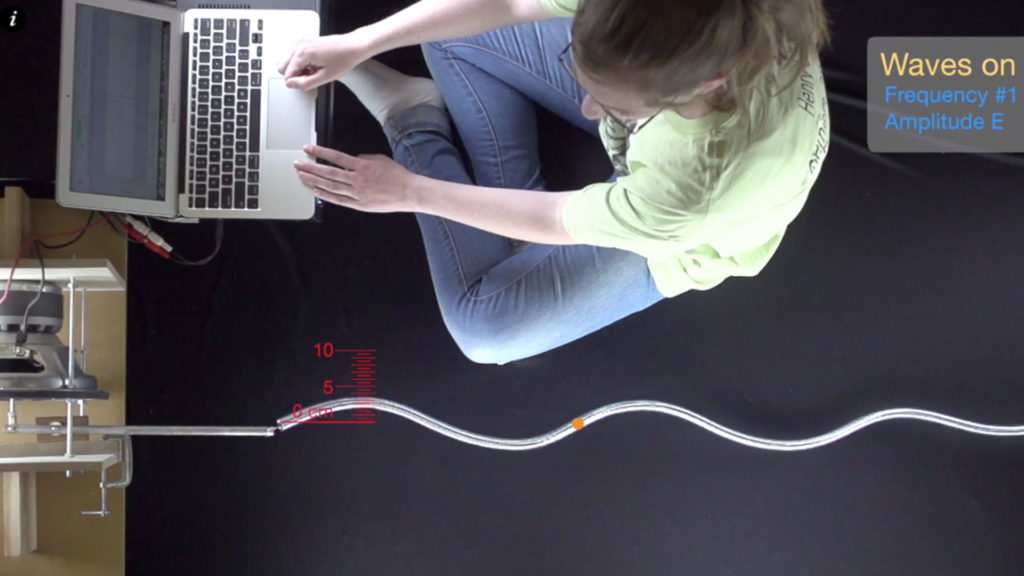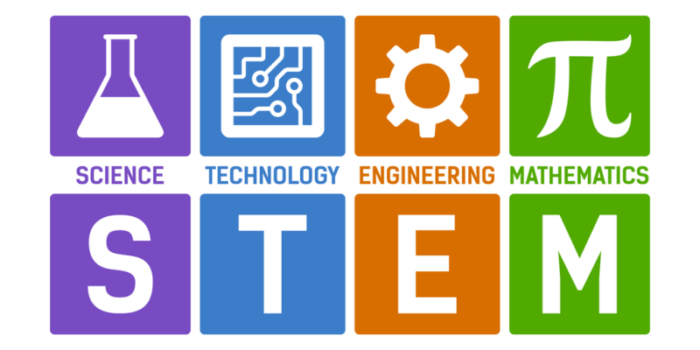 The Future of STEM Education: 5 Innovative Ideas About to Break Through
The Future of STEM Education: 5 Innovative Ideas About to Break Through
by Kate Began
With our world becoming increasingly technology-driven, there is growing demand for workers in science, technology, engineering and mathematics (STEM) fields. To meet this demand, there has been ongoing discussion on how to best educate our kids for a STEM-focused future.
How can we best equip our kids with the necessary skills to face future challenges? While there is no one-size-fits-all solution to teaching STEM, researchers and educators are always searching for innovative ideas to help kids develop in-demand skills.
STEM education will only become more important moving forward. To best prepare our kids for a tech-driven future, here are five innovative ideas that educators are testing out:
Highly-Specialized Elementary Teachers
As it stands now, math and science teachers are forced to cover a wide breadth of topics geared towards preparing students for the future. The main problem is that many elementary teachers are woefully unprepared to cover in-depth topics that ignite their students’ passion for STEM.
To combat this problem, some schools are choosing to employ teachers who specialize in robotics, coding and other in-demand fields. With a greater depth of knowledge on a subject, teachers can help build confidence and STEM literacy in students.
Although the idea of specialized elementary teachers is far from becoming widespread, the groundwork for these teachers is currently in the works. Already, we’re seeing universities such as Arizona State University offer
specialized STEM education programs to help teachers feel confident teaching STEM subject matter.
 Game-Based Learning
Game-Based Learning
Educators have long been using game-based learning strategies to boost student engagement. If your classroom was ever divided into two teams and pitted against each other for a trivia game, you’ve experienced game-based learning.
Today’s game-based learning is far more sophisticated. To prepare students for a future in STEM, some educators are bringing immersive technology into the classroom and utilizing it for game-based learning.
For example, augmented reality (AR) and virtual reality (VR) have the power to transform STEM education. With these technologies, students can take a virtual field trip to the International Space Station, hear our heart pump blood through our cardiovascular system or observe the innerworkings of
advanced electronics housed inside stainless steel enclosures.
Encouraging Infant and Toddler Math Education
Amazingly, even infants and toddlers can learn from STEM-based activities. Exploring new colors, shapes and textures with your child are technically science and math-based activities that invite your child to explore new concepts. Asking your toddler open-ended questions (as opposed to “yes” and “no” questions) is another simple way to begin preparing them for the world of STEM.
Why bother encouraging STEM skills at such an early age? Early introduction to STEM concepts has repeatedly shown to benefit children in all areas of education.
According to the National Research Council, early math knowledge can
boost a child’s math comprehension later in life, as well as their reading comprehension skills. By integrating STEM learning earlier, parents can give their child a head start for their future education.
 Enhancing STEM Experiences Through Inclusive Learning Spaces
Enhancing STEM Experiences Through Inclusive Learning Spaces
A learning environment which sparks creativity and innovation in kids is critical to our future success in STEM education. The biggest question facing educators is which learning environment is best for STEM education?
While researchers have all sorts of different ideas on what makes the ultimate STEM learning environment, most will agree that the classroom must be flexible, inclusive and technology-based. A classroom which is open to discussion and which embraces failure is key to a positive STEM experience in young kids.
Today, teachers are slowly becoming educated on teaching soft skills in STEM. These skills refer to non-technical skills such as teamwork, leadership, communication and problem-solving.
Soft skills are growing ever more important in our technology-based world. No matter how sophisticated our automated systems become, humans are still valued for their creativity, flexibility and motivation.
Getting the necessary funding for these inclusive, high-tech spaces remains a significant challenge for school districts. However, a classroom which embraces hands-on learning and has connectivity is key to successful STEM education.
At-Home STEM Visits
Preparing our teachers and classrooms for STEM is only half the battle. As a child’s first teacher, parents play a critical role in facilitating a child’s learning and career opportunities in STEM.
To help parents integrate STEM learning into the home, some schools are partnering with organizations that conduct at-home visits. These visits are meant to ensure that kids have the tools and resources they need to succeed in a high-tech world.
The Puerto Rico-based
Flamboyan Foundation between schools and parents. The private family foundation, which also has a facility in Washington D.C., work with the school’s principal to increase family engagement and empower students to learn STEM topics.
Although foundations such as Flamboyan aren’t uncommon, they are yet to become widespread. But with growing importance on STEM education, we will no doubt see more schools utilizing these types of services to encourage STEM learning at home.
The Future Begins Now
STEM is already a pervasive part of our lives. Each day, STEM-related skills are used to solve the complex challenges that society is currently facing.
Challenges related to climate change, health care delivery and sustainability are all issues that our kids will need to face in the future. If we are to successfully meet the demands of tomorrow, we must foster a passion for STEM-related concepts through early education.
Kate Began serves as the Sales and Marketing Manager for Polycase. Kate oversees the customer service representatives, assists with product development and leads the marketing efforts from the Avon, Ohio headquarters.
RELATED:
STEM Resources (lots)
EDUCATIONAL TECHNOLOGY GRADUATE SPENCER KIPER ON WINNING LOUISIANA TEACHER OF THE YEAR AND THE FUTURE OF STEM INSTRUCTION.

































